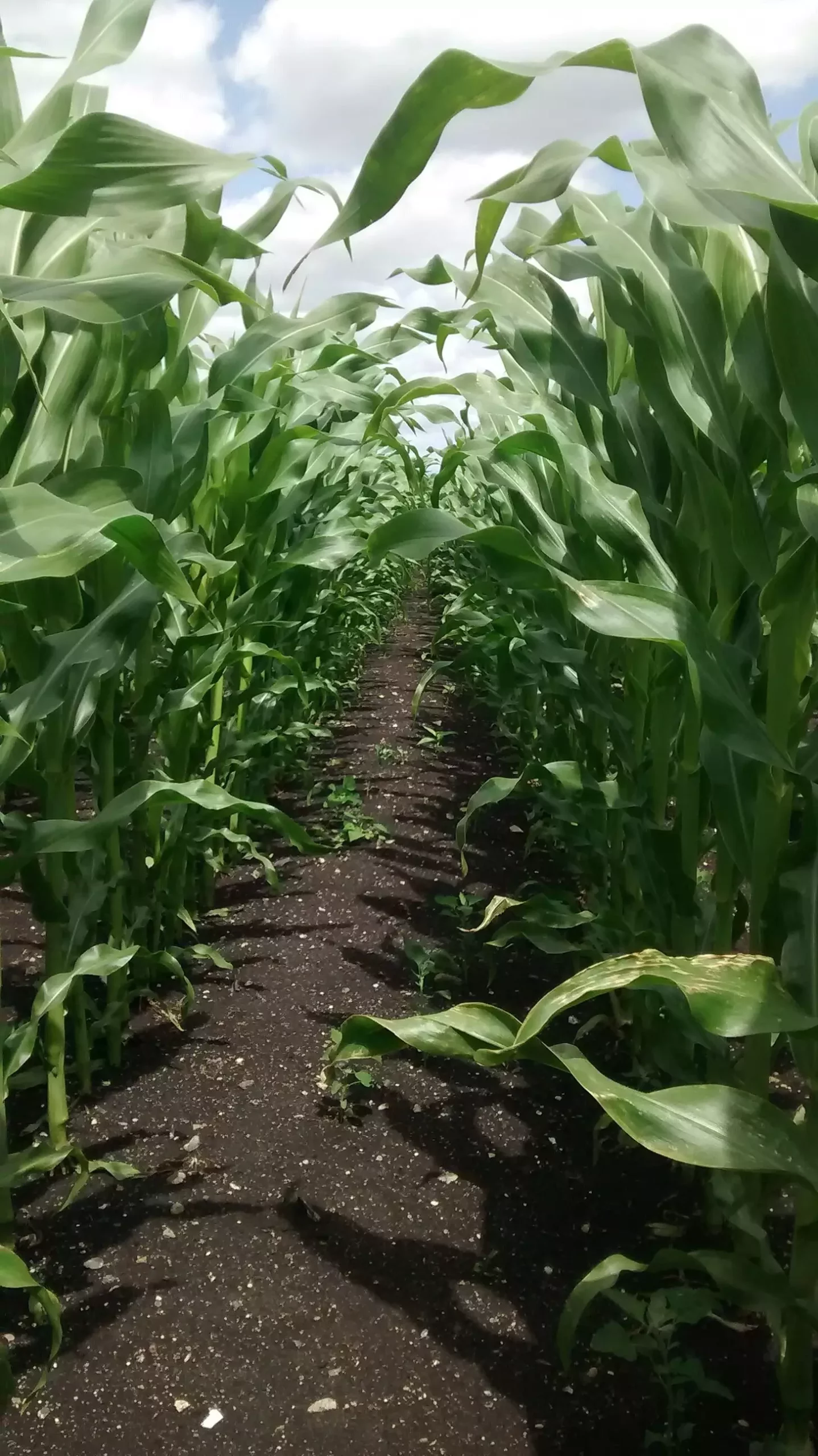The drive towards sustainable energy has taken center stage in the global ambition to counter climate change, with biomethane emerging as a key player in the renewable energy landscape. Biomethane, derived from organic matter, holds promise as a cleaner alternative to fossil fuels. However, a recent study from the UK Center for Ecology & Hydrology (UKCEH) unveils concerning revelations about the cultivation of maize on drained peatlands used to produce this green energy source. This article delves into the implications of draining peatlands for crop production, the associated emissions, and the urgent need for informed decision-making regarding bioenergy practices.
As the cultivation of maize on drained peat has tripled since 2015, so have the emissions related to this practice. The UKCEH study highlights that the carbon dioxide emissions resulting from draining these carbon-rich ecosystems can be up to three times higher than the emissions avoided by using biomethane instead of natural gas. This finding calls attention to the often-overlooked consequences of land use choices made in the name of sustainability. Peatlands, which constitute one of the most effective carbon sinks, are now being stressed by agricultural demands, undermining their unique ecological roles and the very climate objectives they are expected to support.
The complex interaction of soil and carbon dynamics reveals that the drainage of peatlands exposes long-sequestered carbon to the atmosphere, resulting in substantial CO2 emissions. While the burning of natural gas contributes to greenhouse gas emissions, the overarching assertion that biomethane provides a closed carbon cycle is compromised when its production involves draining carbon-rich soils. As natural resources are utilized for energy production, the environmental integrity of these wetlands suffers, yielding counterproductive environmental outcomes.
The study presents alarming data: every cubic meter of biomethane produced from maize cultivation on drained peatland can result in emissions of up to 6 kg of CO2. This figure starkly contrasts with the 2 kg emitted from the combustion of the same volume of natural gas. Furthermore, these calculations do not incorporate additional greenhouse gas emissions from fertilizer application, crop harvesting, or the transportation intricacies tied to producing biomethane. This emphasizes the critical need for a comprehensive assessment of the total emissions associated with bioenergy production systems.
The findings indicate a troubling trend, illustrating how the expansion of maize cultivation dedicated to biomethane production has eclipsed the typically accepted green credentials of renewable energy sources. By estimating that the area of drained peat used for maize cultivation surged from approximately 6,000 to over 11,000 hectares between 2015 and 2021, the data portends a future whereby agricultural practices may systematically erode the benefits of transitioning to renewable energy.
Despite the troubling implications of maize cultivation on drained peatlands, researchers from UKCEH advocate for the potential of alternative agricultural practices. The exploration of paludiculture, for instance, promotes the cultivation of biomass crops on agricultural peatlands while maintaining higher water levels. This method not only retains the peatlands’ viability as carbon sinks but also acknowledges the ecological sensitivities inherent in such territories.
The research also posits that integrating crops such as maize into crop rotation systems, particularly as “break crops,” can mitigate some adverse emissions associated with conventional agricultural practices. This nuanced approach emphasizes a dual focus on bioenergy production while preserving the ecological integrity of peatlands, creating a balance between energy needs and environmental stewardship.
The shift towards net-zero emissions is undoubtedly a steep ascent dotted with challenges. Understanding the implications of actions taken in the name of sustainability allows farmers, policymakers, and industry stakeholders to navigate this journey more adeptly. UKCEH researchers argue that the role of science is pivotal in equipping decision-makers with the data necessary to inform their land use and energy production decisions.
As the UK continues to encourage biomethane production through financial schemes designed to foster renewable energy technologies, it is crucial to remain vigilant about the unintended consequences of such policies. The triumphs of renewable energy advancements must not overshadow the environmental responsibilities tied to land use management.
While the cultivation of biomass for biomethane production presents a pivotal opportunity to address climate change, a critical lens must be cast upon the environmental costs attached to such practices. The study from UKCEH acts as a clarion call to rethink the methods of cultivating energy crops, especially on sensitive ecosystems like drained peatlands. To ensure a sustainable transition to renewable energy, policymakers, scientists, and the agricultural sector must work hand-in-hand, aligning their goals with the ecological realities of carbon-rich landscapes.


Leave a Reply